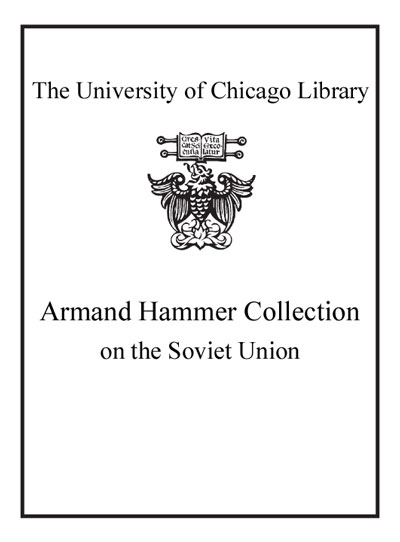| Summary: | In March 1998 the European Union formally launched the accession process that will lead to a significant enlargement of the Union. So far ten countries from Central Europe: Bulgaria, the Czech Republic, Estonia, Hungary, Latvia, Lithuania, Poland, Romania, the Slovak Republic and Slovenia have submitted their applications for EU membership. This unique process immediately attracted attention of economists and policy makers. Nevertheless, it can be noticed that among numerous results already published, there is a distinctive shortage of books and papers in which quantitative research methods are applied. This is to a large extent justified by the fact that the transition and accession processes are new to the economic sciences, their methodology is not wellresearched, statistical data for the Central and East European countries are scarce and not always reliable and, generally, quantitative approach seems to be a risky and uncertain business. All these all problems can also be seen as a challenge rather than an obstacle. With this on mind, we have decided to clarify the status quo by organising a research seminar which focused on the methodology and quantitative analysis of the Central and East European transition and pre-accession processes. The seminar, East European Transition and EU Enlargement: a Quantitative Approach organised by Macroeconomic and Financial Data Centre (University of Gdansk and University ofLeicester) took place in Gdansk in June 2001. Our edited volume contains papers developed from this seminar.
|
|---|

